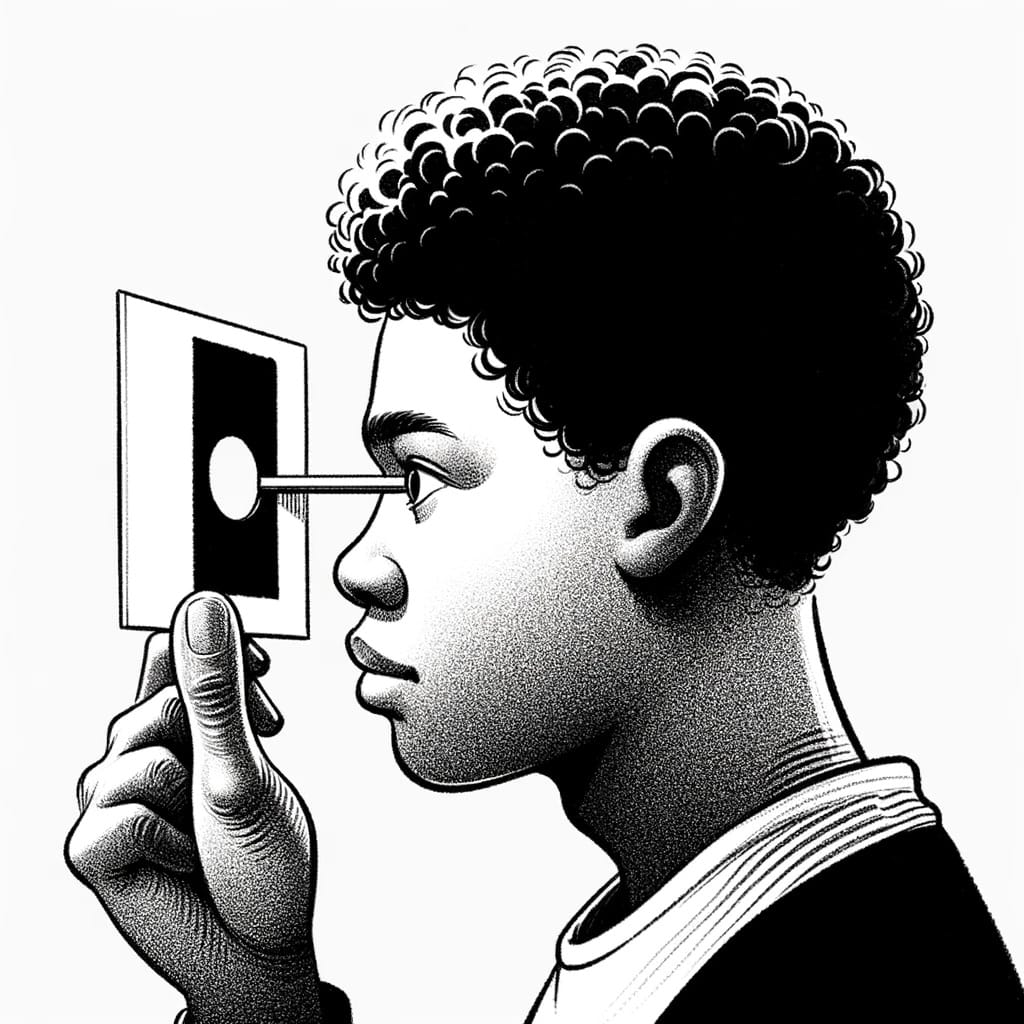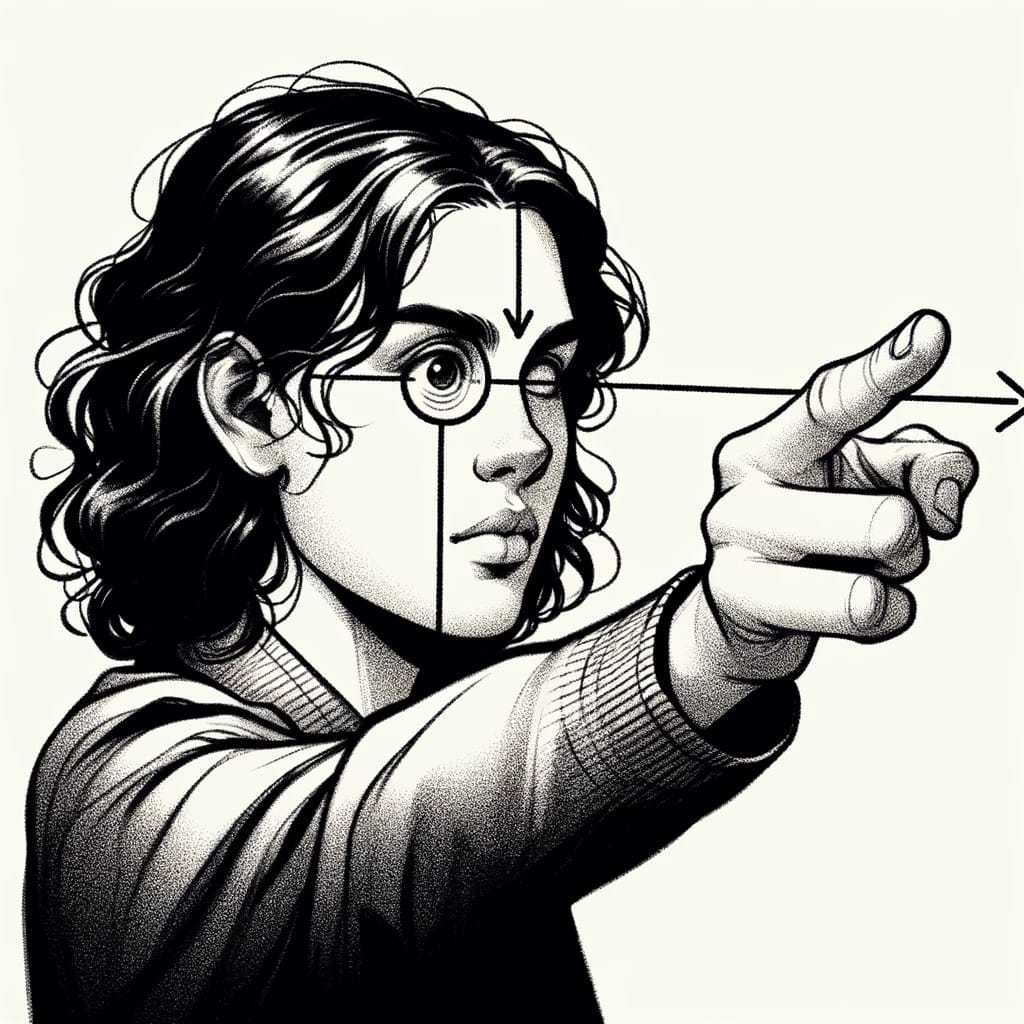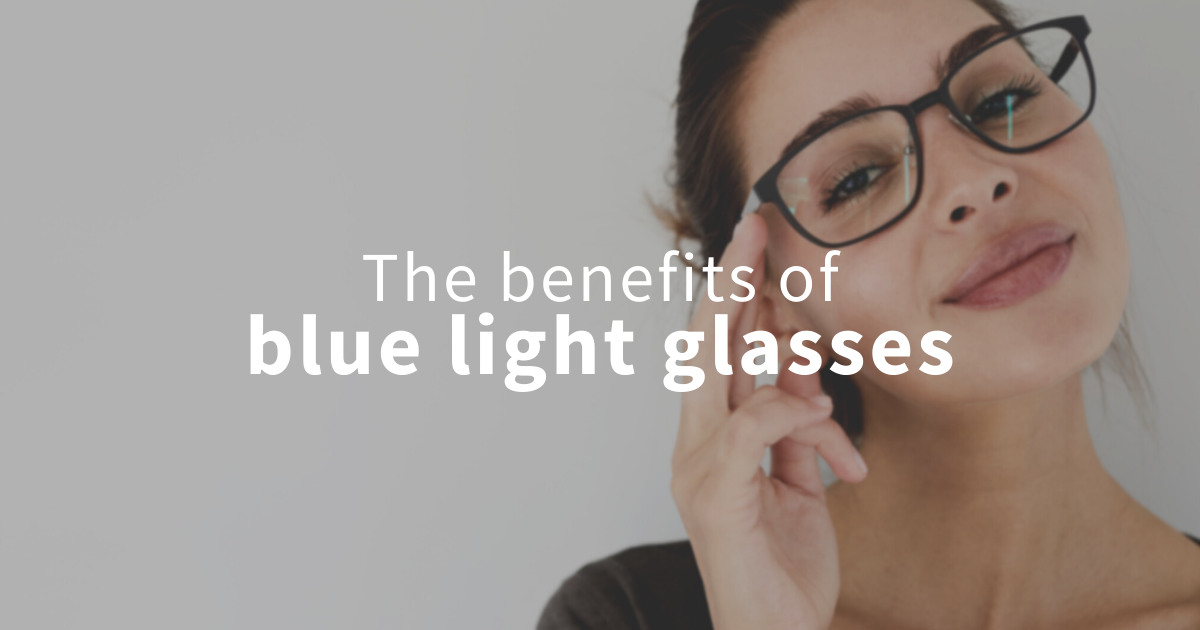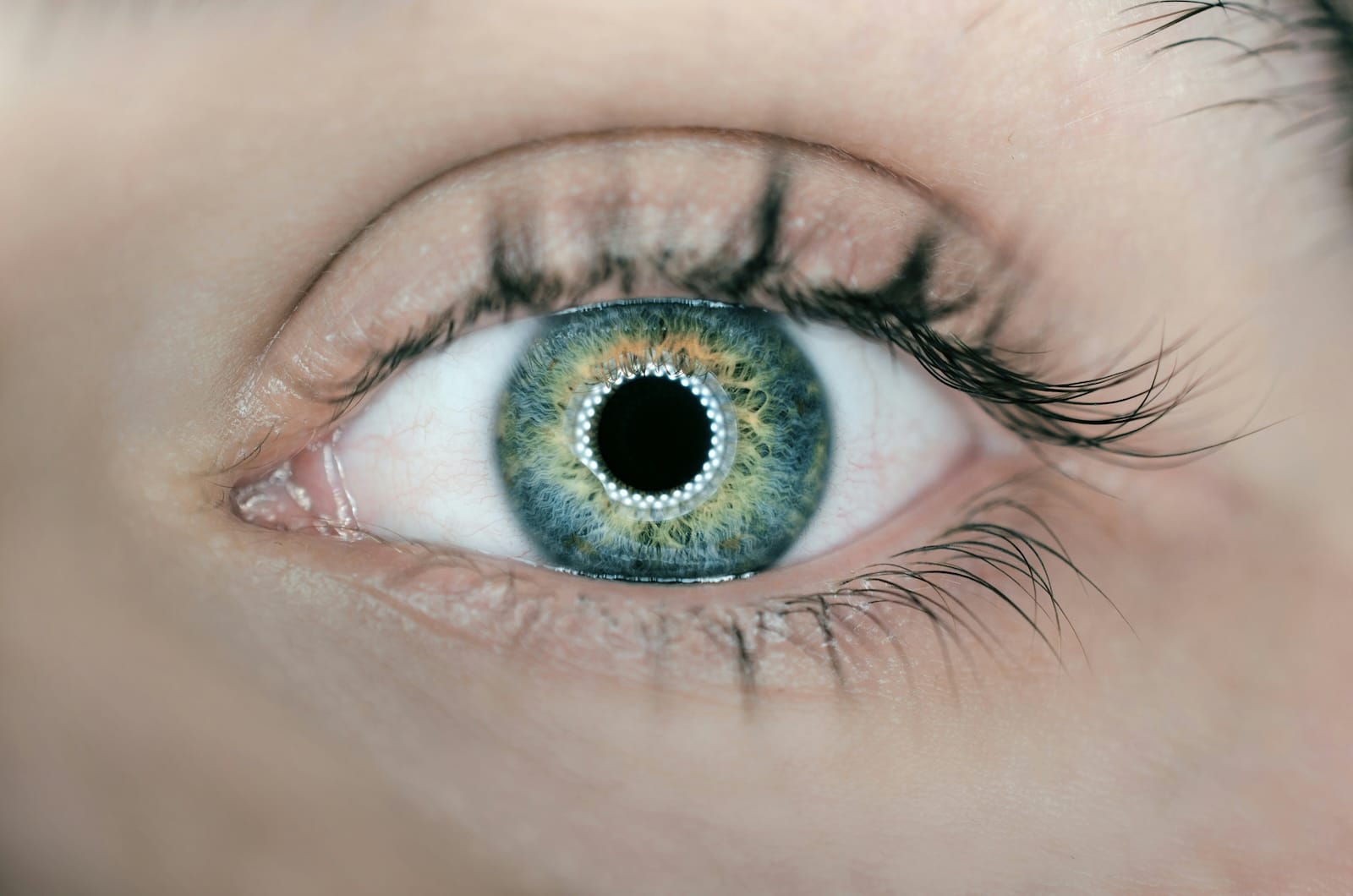Ever wondered if there is such a thing as “eye dominance”? Well, to answer your question, yes, it definitely exists. Similar to a dominant hand or foot, a dominant eye is a real phenomenon. While we can train the non-dominant hand to a certain extent until it becomes almost identical to the dominant hand, the same cannot be said for the non-dominant eye. Not even for pirates with an eyepatch 😉 If you’re curious about how to determine your dominant eye, read on and take the test. Spoiler alert: I took the test myself, and without a doubt, my right eye is dominant.
What does Dominant Eye Mean?


 The benefits of blue light glasses
The benefits of blue light glasses What are screen glasses?
What are screen glasses?  Photokeratitis – Sunburned Eyes
Photokeratitis – Sunburned Eyes Common Causes of Eye Twitching
Common Causes of Eye Twitching